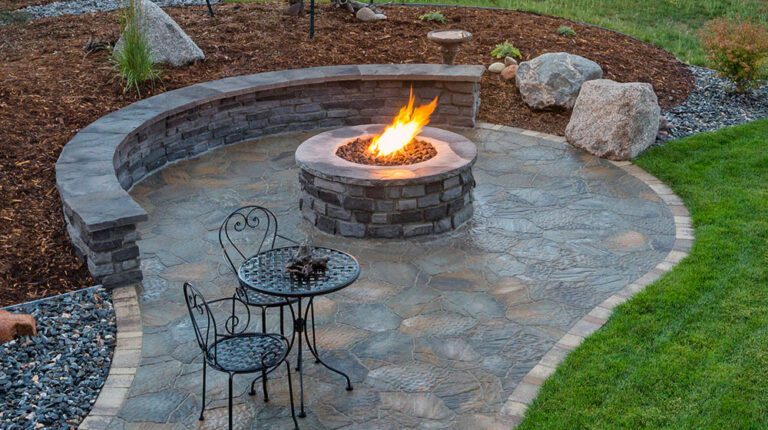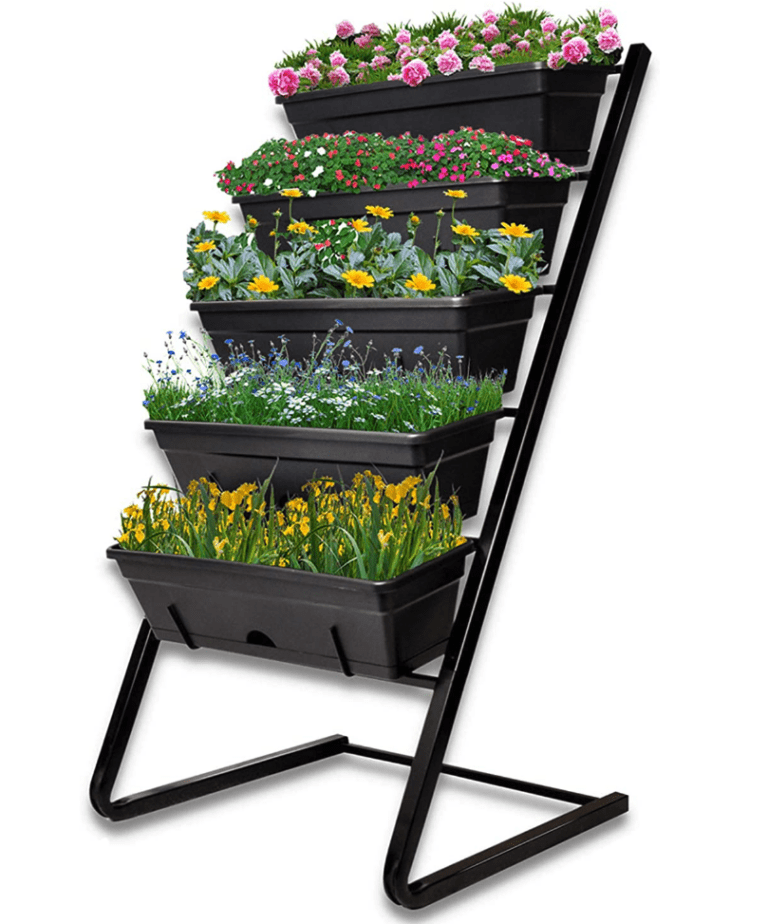How to Build a Backyard Chickens Coop on a Budget
Families across the world are joining the backyard flock uprising. With some chicks, a coop, and a long-standing plan of action, a backyard flock produces fresh, wholesome eggs for families and provides them the enjoyment of watching a cute little baby chick grow into an adult hen. The initial step in establishing a backyard flock is crafting a plan.
Some Things to Consider Before Getting Chickens:
First, check local town decrees to ensure that keeping chickens are allowed in your area or if there is a limit to the number of hens you can keep at one time. You don’t want to invest time, money, and energy into preparing for chickens only to find out that you can’t even keep them in your backyard!
Make sure you have the space for a full-size chicken coop or a henhouse. It has to hold a nest box, a feeder, a roosting area, water containers, and for every three hens. A proper hen coop should be large enough to stand straight to shovel manure and gather eggs comfortably, but a simple henhouse can be small. Also, any housing must be strong enough to protect your chickens from predators.
In this article, we’ve explained how you can build a chicken coop in your backyard.
The short version is:
Chickens need water and food daily. Feed prices vary depending on your area and the quality of the feed, but they are generally not very expensive. How long a bag of feed lasts depends on the number of hens you have in your backyard.
Hens will lay eggs through summer and spring and well into fall as long as they get enough sunlight, which is generally 12 to 14 hours. You can collect eggs daily or sometimes even twice daily, although you will have to clean up after your chickens throughout the year.
If you go on vacation, you must arrange for a reliable chicken sitter.
How to Build a Backyard Chickens Coop on a Budget:
Building a chicken coop for your backyard can be fun. But it can also be intimidating. It can be stressful and exhilarating but ultimately very satisfying. And it does not have to be expensive.
While you can lay out hundreds of dollars for a ready-made coop and do absolutely no work, you can also spend almost no money and build your backyard chicken coop with just as pleasing results.
As long as you don’t cut corners on the chief objects, like having appropriate air circulation to prevent respiratory illnesses, there are various ways to cut costs on a backyard chicken coop without jeopardizing the final pen.
In this article, we have listed down some helpful ways by which you can create a magnificent coop for your chickens, all the while staying well within your budget.
Then let’s get started!
Use free chicken coop ideas online. While you can buy the perfect chicken hut plan or pay someone to design one for you, there are lots of coop ideas and designs available online, free of cost. Just make sure that the coop you’re searching for meets all of your needs in terms of nesting boxes, flock size, and roosting space.
Plan carefully in advance. Anyone who does a lot of DIY projects knows this element by heart. Planning how you will use your materials, where you will place the coop, and what you have to build ahead beforehand will not only save you a lot of headaches, stress, and time but also save you money by making you buy precisely the materials you need and not overspend on useless things.
Build for the climate. Knowing what weather you are awaiting and what pressures or damages it will put on your chicken coop will help it last longer and save you a lot of money on repairs. If you build your coop for floods in a place known for blizzards, you will have to compromise with a lot of snow piles and frost heaves that your coop may not be properly constructed to handle, and those mends will add up. Your birds might also get sick or injured if the coop is not adequately designed to withstand the weather.
Rent or borrow tools you do not own. Even if you do not have a staple gun or an electric drill, one of your neighbors or friends probably has one you can borrow for some time. If not, many supply stores can rent them to you for a couple of days for considerably less than the cost of buying one.
Use scrap wood and other such materials. Scrap wood is effortless to find. People usually have leftover wood from the last project they worked on, like a bookshelf or shoe shelf, etc., which they might be happy to sell very cheaply or even give away for free. Another option to collect scrap is from businesses, which may have old pallets or leftover scrap wood that you can use.
Consider renovating or purchasing a second-hand coop. Since many people are getting into the trend of backyard chicken raising, this is a legitimate opportunity. Searching Facebook or Craigslist forums may turn up a wide assortment of used chicken pens available for affordable prices. Although this can be economical, you should approach it with caution. Ensure any used enclosure you purchase has been thoroughly cleansed and in good condition to protect your hens.
A single 2×4 makes a perfect perch. This must be the cheapest part of your coop. As long as you have a foot of wood apiece for each hen to call her own, for once, the cheapest material here is the best.
Consider any extras cautiously. While fittings like chicken feeders and chicken water bowls or containers are inflexible, many firms are interested in selling you products for your hen coop that may not be necessary. For example, an automatic coop door is not crucial for managing your birds and work schedule, and no one is always home to perform the function. Considering this before purchasing any extra things for your coop will help you cut down on pointless costs.
Make your predator restraints. Although there are plenty of extravagant, purpose-built predator deterrents in the market, there is no need to purchase expensive ones. If you are tired of the DVD and CD collections you have lying around in the house and have not played with any such disks in years; you can hang those up from the trees with strings to frighten off owls and hawks. Reflective tape and hand mirrors also work miracles without you needing to spend too much and without making a dent in your bank.
Find and repurpose as many materials as you can. You might already have several components of the perfect chicken coop lying around your yard or house, and you may not even realize it. Milk crates or cardboard containers make great nesting boxes. An old kitchen cabinet or bookcase can be an excellent starting structure or wall for a chicken coop.
Create exactly what you need. Constructing a coop that precisely serves your needs will save you grief and money in the future by keeping your hens safe happy, and healthy. It will also help you avoid compensating for building a new coop or renovating it when you realize that something in your first attempt was not quite up to the standard.
Starting your first backyard hen coop is already more than expensive enough; there is no reason that your hen coop needs to elevate that price tag anymore.
Luckily, clever sourcing of materials, careful planning, and a few common-sense economizing measures can keep your chicken coop from making a huge dent in your bank. You need a little creative thinking and resourcefulness to see your chicken coop that is not there yet, but will be soon enough!
Prepare your brooder:
It would be best to keep baby chicks in a draft-free, warm shelter, a brooder. The brooder should have a heating lamp and be completely bounded with a bottom surface that you can wrap with bedding. Avoid having square corners in the brooding area to stop chicks from being stuck in the corner if the birds huddle in one area.
Every chick needs at least 2 to 3 feet of floor space for six weeks. Fix the brooder temperature to 90 degrees Fahrenheit for week 1 and then slowly reduce heat by 5 degrees Fahrenheit every week until reaching at least 55 degrees Fahrenheit. You must arrange a clean and spacious coop ready for the chicks once they added heat source is no longer needed. Through all the stages, always provide your chicks with abundant clean fresh water that is changed regularly.
Whether you flock toward a French château or a rustic red barn, there are the six important elements needed for a happy and safe henhouse.
Nesting Box:
Hens crave darkness and privacy when laying eggs, so you plan for at least one nesting container for every four to five hens. A box that measures 14 inches wide, 14 inches in height and 12 inches in diameter will provide even a large hen with plenty of room. Add a door along the external wall of each box for easier egg gathering.
Box Bedding:
A soft, inexpensive material such as pin shavings or hay offers easier cleaning and a comfortable spot. To keep things fresh, you can even mix in a bedding blend.
Roosting Bar:
Chickens choose to sleep high off the ground. You must provide them with a perch with a wooden roosting bar. Wood is usually preferable to metal or plastic as they are too slippery for the chickens to grasp properly.
Dropping Board:
This term refers to a box, board, or pan placed below the roosting bar to gather and hold manure, making routine cleanups easier.
Hanging Waterer and Feeder:
Keep the water and feed bowls or containers off the ground to maintain freshness, and place them inside the coop to keep out unwanted animals.
Enclosed Run:
Give your hens a spot to stretch their legs while also staying sheltered and safe from predators. Use metal screening or hardware cloth with at least a 1.2 mm gauge to ensure durability and strength.
What do chickens consume?
While your eggs may soon be homegrown, your hens’ diet shouldn’t be. A poultry science nutritionist has devised an industrially prepared layer of puree or mush. It will have enough protein, calcium, and calories to keep a chicken healthy and guarantee an excellent thick eggshell.
While we encourage occasional treats, such as watermelon or mealworms, the majority of a hen’s diet must come from commercial goods. The abundance of fresh water is vital because chicken eggs are primarily composed of water, which is directly tied to the production of eggs. Mix in a splash of apple cider vinegar every couple of days a week to prevent bacteria.
Gardening with Chickens:
Most people who keep chickens do so mainly for the constant supply of garden-fresh eggs, but keeping chickens can also be advantageous for your garden.
Chickens not only provide an endless supply of fresh eggs—but they also produce a limitless amount of manure. Chicken manure can be aged, composted, and added to your garden. In about half a year, you can collect about one cubic foot of compost per chicken.
How Much Space Do Chickens Require?
It depends on which breed of chicken you’re growing. One medium-sized chicken requires at least 8-10 square feet outdoors and around 3 square feet of floor space inside the chicken coop. The more space, the healthier and happier the chickens will be; overcrowding results in feather picking and disease.
The birds also need a place to stretch their legs and spread their wings. A sizeable chicken run or a whole backyard will do. Either way, you must enclose the space appropriately to keep the chickens inside and predators out. Your cats and dogs are also counted as predators. Add chicken-wire railing to your list of tools.






